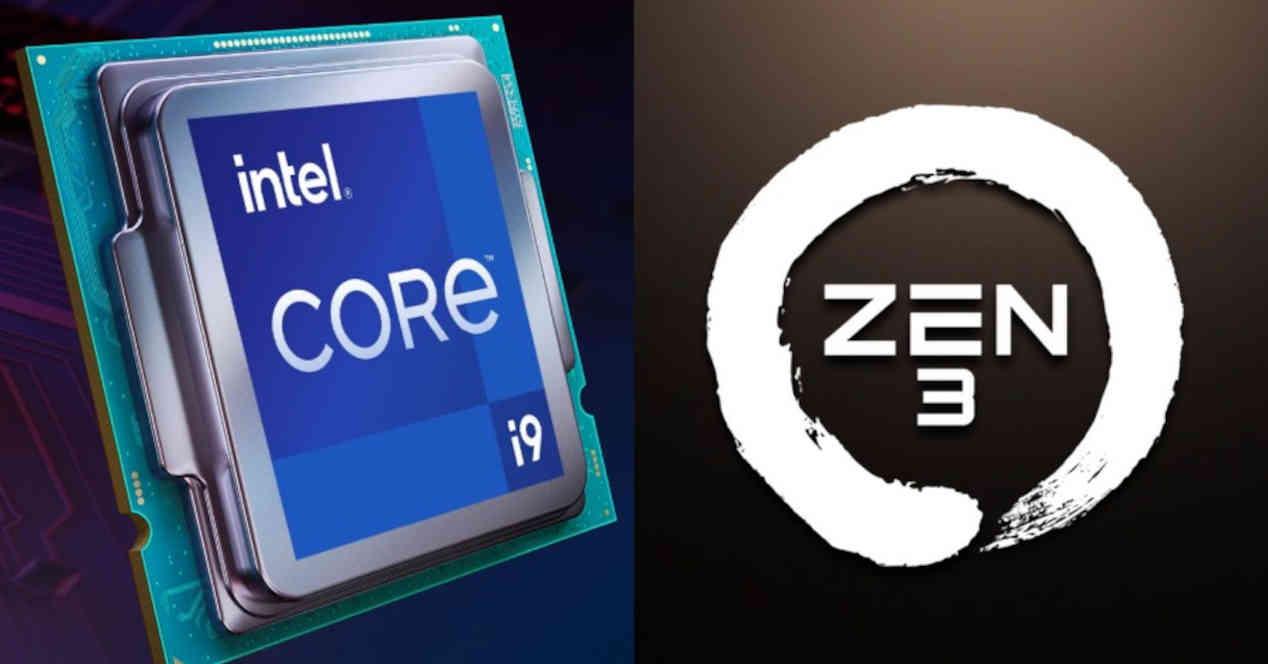The price of desktop processors has not only not fallen, but the main products of both manufacturers have even faced some shortage and the resulting price increase. AMD’s Ryzen 5000 series has seen its increased price up to 30-50% in the high end, while there is no shortage of high-end processors from Intel in this regard, fetching inflated prices for the pockets of ordinary users.
The price war between AMD and Intel, in the making
This situation is mainly related to the limited production capacity of the current chip market, and with many raw materials also rising in price, this has been the perfect excuse to dramatically increase the price of almost any product.
In the long run, competition between AMD and Intel is expected to be more intense. Citibank analyst Christopher Delaney recently said that “The price war between AMD and Intel will come sooner or later, but it is not yet known when it will peak. For home users, this will have significant consequences.
Regarding the price cuts, Intel CEO Kissinger also made a similar statement at the Morgan conference a few days ago, suggesting that prices would be cut. Kissinger believes that the server processor market is also suitable for adopting competitive pricing, and while this will affect the company’s financial performance, they believe it will lead to an improvement in the company’s market share.
According to the latest reports, AMD’s overall share of the processor market increased from 14.8% to 20.7% during the first quarter of the year (especially in the server processor market), despite the chip shortage, forcing Intel to act and reduce the price of its processors.
In other words, AMD has gained market share in a segment and Intel is responding by lowering the price of its products, which AMD will sort of respond to and that’s how a price war begins.
Is a price war good or bad?
Generally speaking, a price war between AMD and Intel that should be a good thing for ordinary users. The price of processors from both companies has increased in recent times, both due to the increased range and difficulty of manufacture, as well as the shortage of components, and whether both Intel and AMD are ready to go. sacrifice their profit margins. in favor of obtaining a greater market share, it will be by lowering the price of its products, which ultimately interests us as consumers.
If we stick to the price wars we’ve seen in the past, this situation can become a “give and take” between Intel and AMD in which each company launches new products that outperform the competition and the opposite responds by lowering the price tag. price. price of your products; In any case, if users can choose to buy better and cheaper processors, it is undoubtedly a situation of great interest to us.
From now on, neither Intel nor AMD will be ready to enter a price war in which they will lose out, we can be clear on this, so we will have to wait and see how things develop.









